
They say that the book is humankind’s greatest invention — durable, navigable, versatile and non-reliant on external power sources or connectivity. Perhaps gaming’s equivalent invention is the deck of cards — be they the familiar 52 poker cards, Top Trumps or any other variation. Nintendo may not have invented playing cards, but the Nintendo story began with them when founder Fusajiro Yamauchi began producing cards in 1889. The simplicity and versatility of the format remain a cornerstone of Nintendo’s philosophy today.
Playing cards were Nintendo’s sole business for nearly three-quarters of a century before the company expanded into tabletop games. In 1968, their first toy — the Nintendo Ultra Hand — was another blend of the familiar and the innovative, putting a new spin on the fold-out reach extender.
In 1972, Nintendo introduced electronic gaming to Japan with its Beam Gun (Kôsenjû), which paired a light gun with photo-sensitive cells in real toy targets. It was a forerunner to the NES Zapper of Duck Hunt lore. Soon after, the company collaborated with Mitsubishi Electric to develop the first microprocessor-based electronic games: Computer Othello and the handsome Color TV-Game consoles. Nintendo was not just in the video game technology. They were inventing it.
But one side-effect of being an innovation powerhouse is that plenty of Nintendo’s wild and wonderful dreams inevitably end up shelved. Over the past half-century, Nintendo has succeeded by constantly developing new ideas while showing discernment over what they released and how they released it.
Discernment, yes. But that doesn’t mean those lost Nintendo gadgets wouldn’t have been great to look at and use. So we trawled through thousands of patents to find five Nintendo inventions that never saw the light of day — but that we really wish they’d made. And we created realistic 3D renders to show how they might have looked.
Nintendo Playable Game Boy Smartphone Case
(Patent No: US20180275769A1)
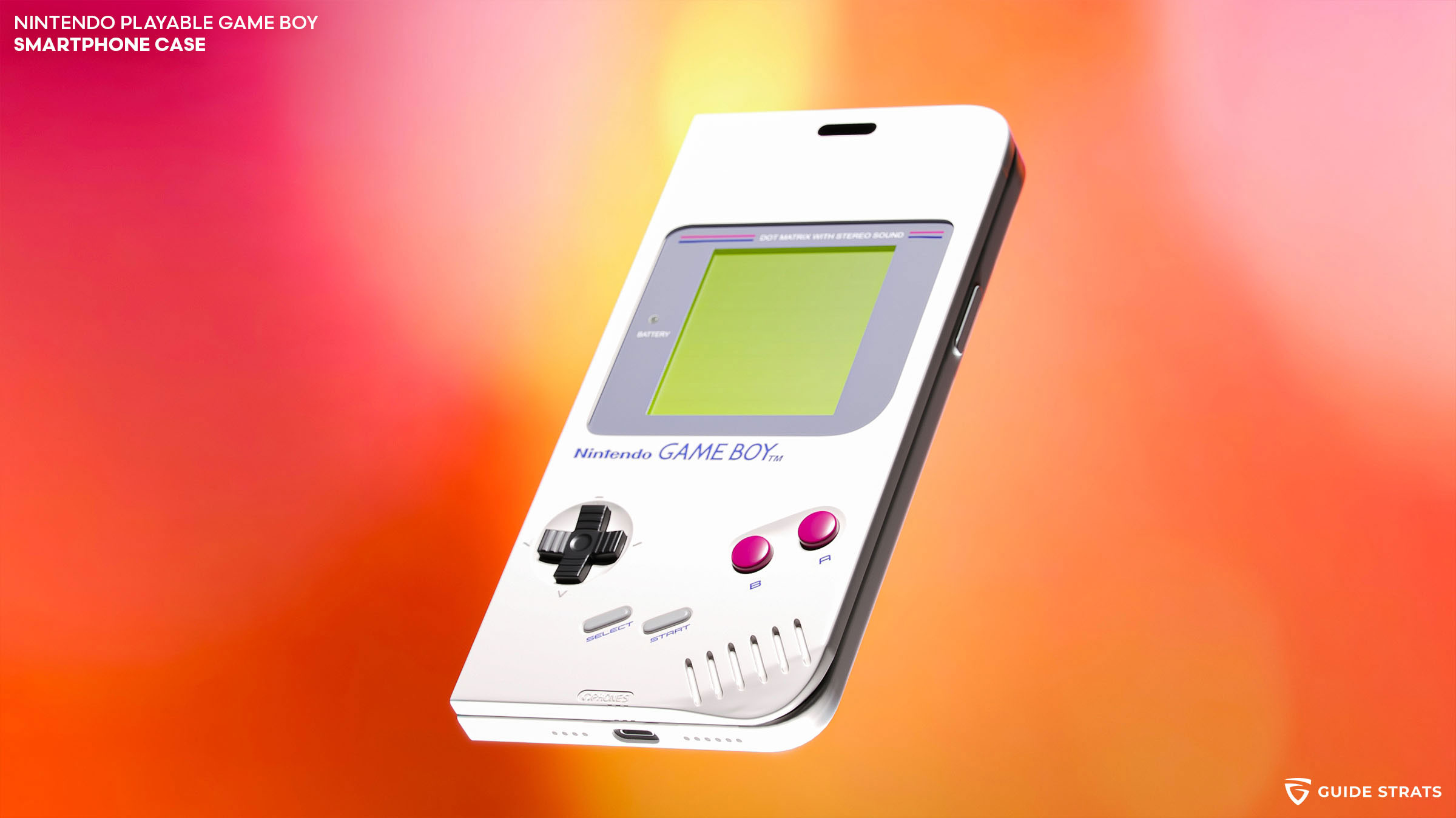
In an age of folding cell phones, smartwatches and making calls through Google Nest, it’s easy to forget the clunky pleasures of earlier mobile devices. But Nintendo threatened to bring back that feeling, embracing the pleasure of push-buttons and the childlike joy of the carry case with this playable smartphone cover.
According to the patent, the cover clicks neatly into place over the user’s cellphone to transform it into a Game Boy. A window near the top of the case frames the Game Boy “screen,” while the rest of the phone’s front becomes the under-workings of buttons A and B and the control pad.
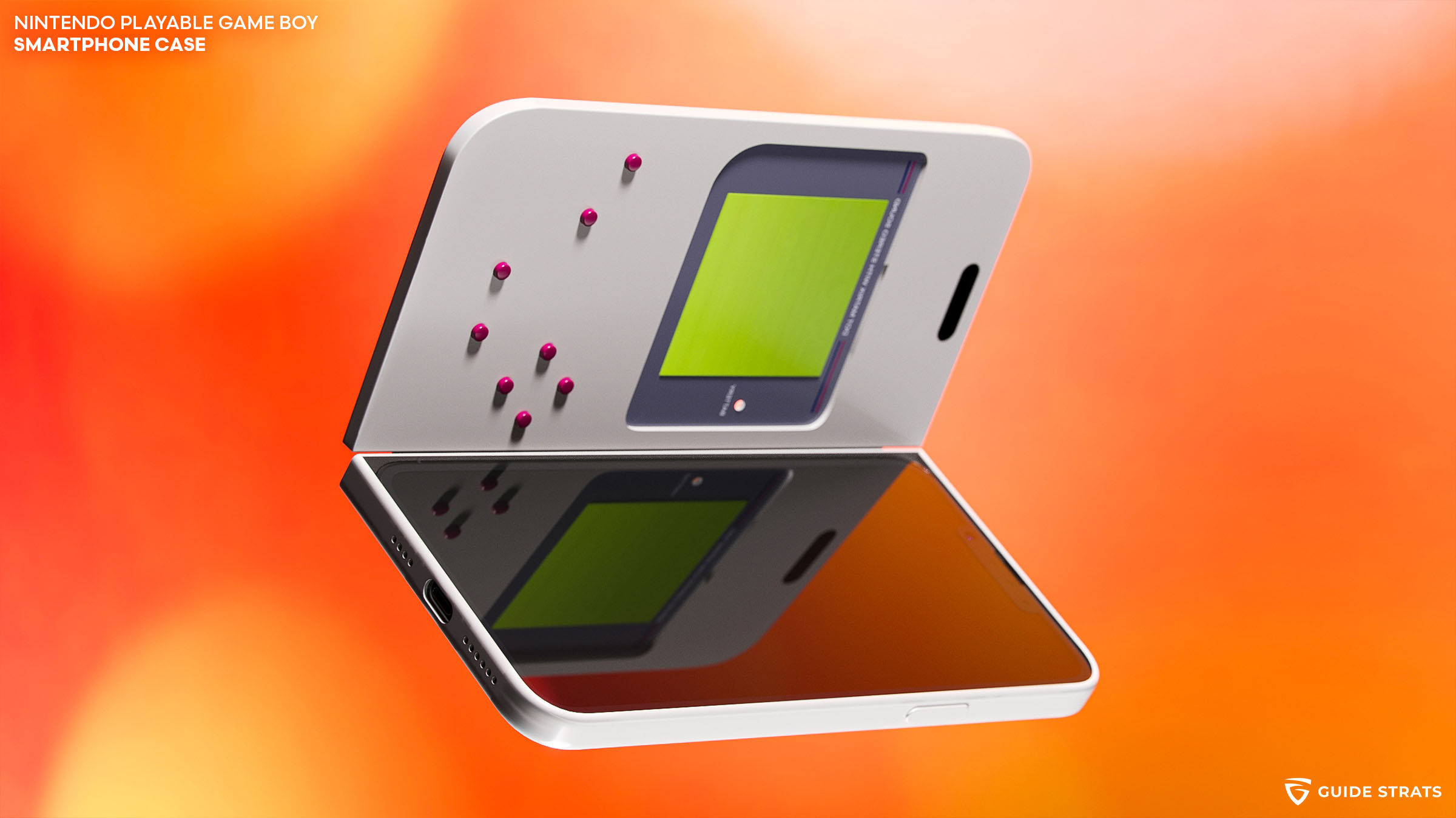
Smartphone games are a clear successor to the mighty Game Boy — so far. But, if Nintendo were to develop new games to run on Android or iOS, then the playable smartphone case would literally play into the hands of Nintendo geeks and hipsters, adding an element of fun back into the hyper-efficient world of mobile tech.
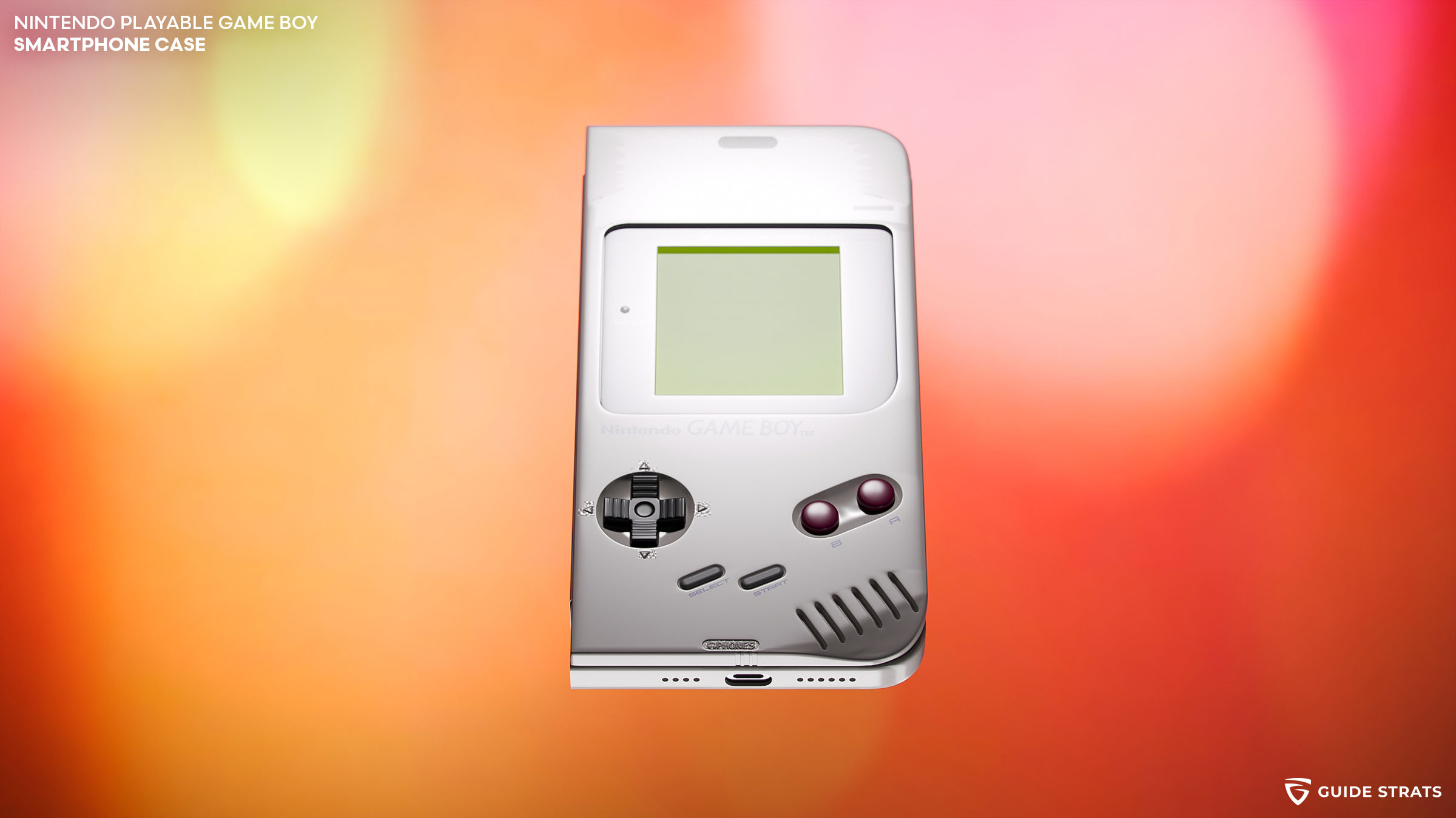
Parents everywhere can breathe a sigh of relief that the invention is “on hold” for now. With a Game Boy wrapped around their kids’ phones, the chances of Junior quitting a game to take a call would be even more remote.
Nintendo Switch Joy-Cons with Hinges
(Patent No: JP2019146737A)
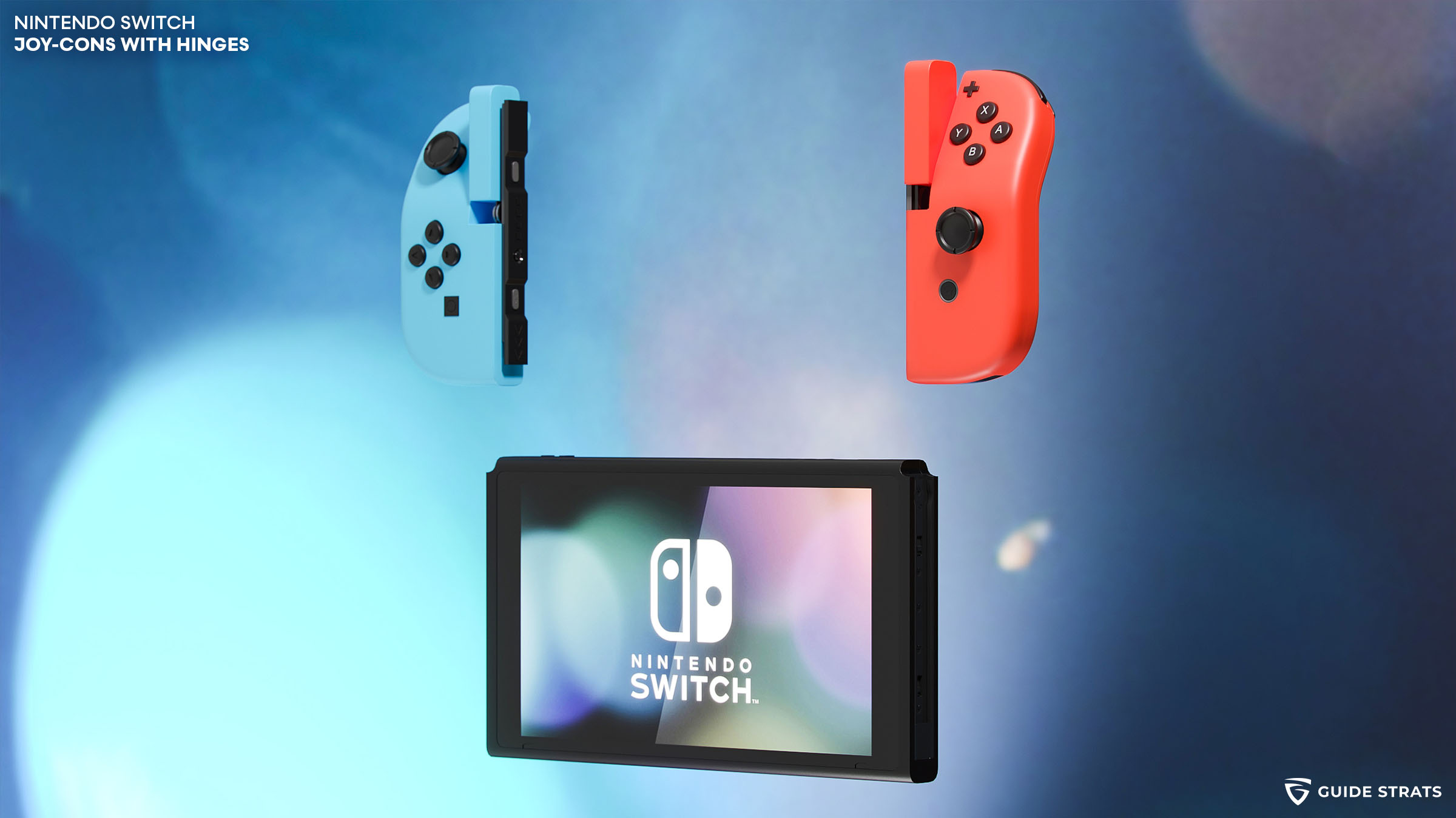
As if the wraparound Game Boy smartphone cover wasn’t enough, Nintendo demonstrated its dedication to hinge technology with this adjustable Joy-Con. Hinges on the left and right control panels would allow gamers to flip part of the controller away from them at an angle of 20 to 30 degrees.
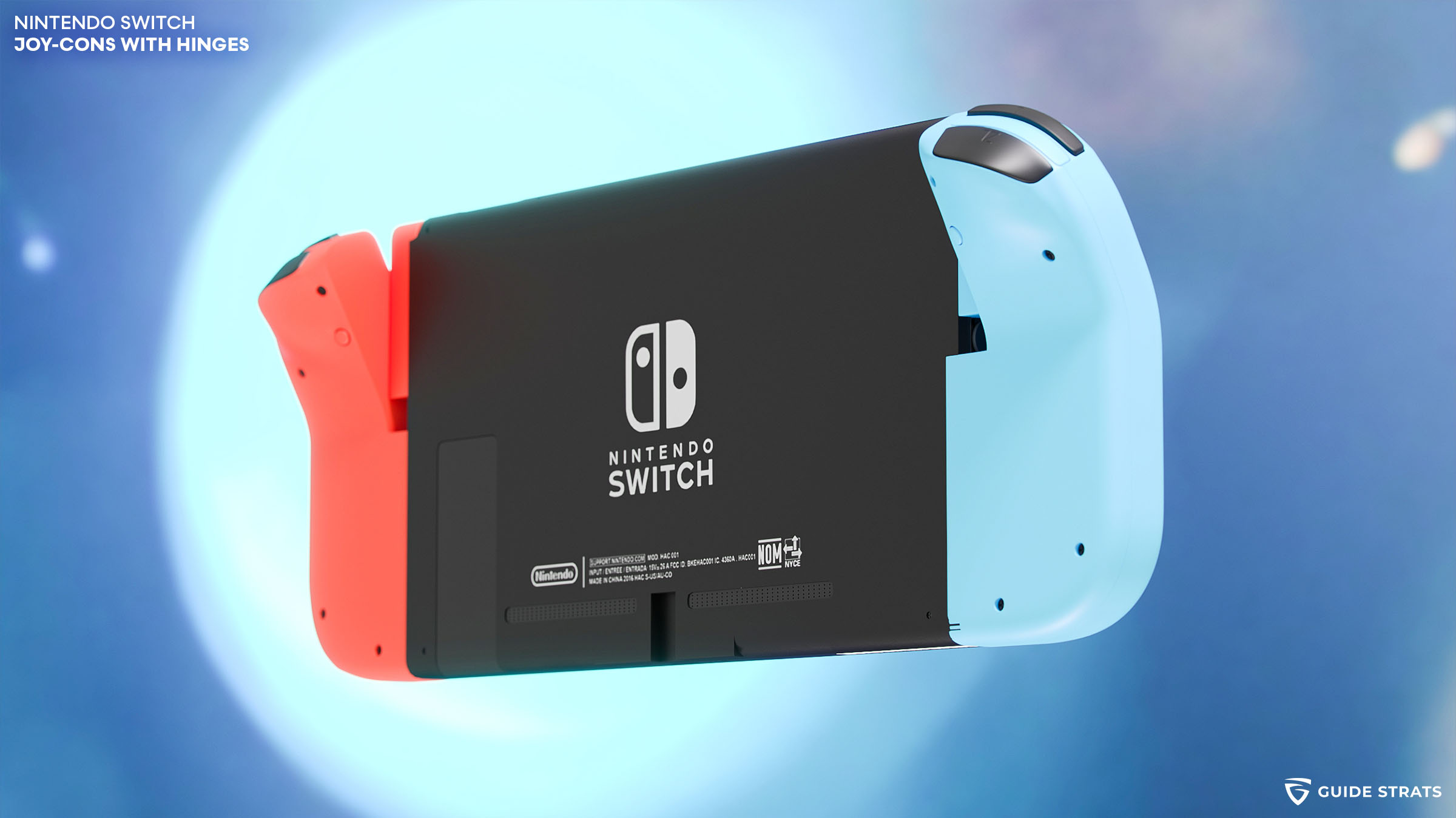
The benefit seems to be better/more personalized ergonomics for gamers, who have long grumbled that the Switch Joy-Cons become uncomfortable after, say, seven or eight hours of continuous play. But others hope the new handles could add further in-game functionality for new or existing titles.
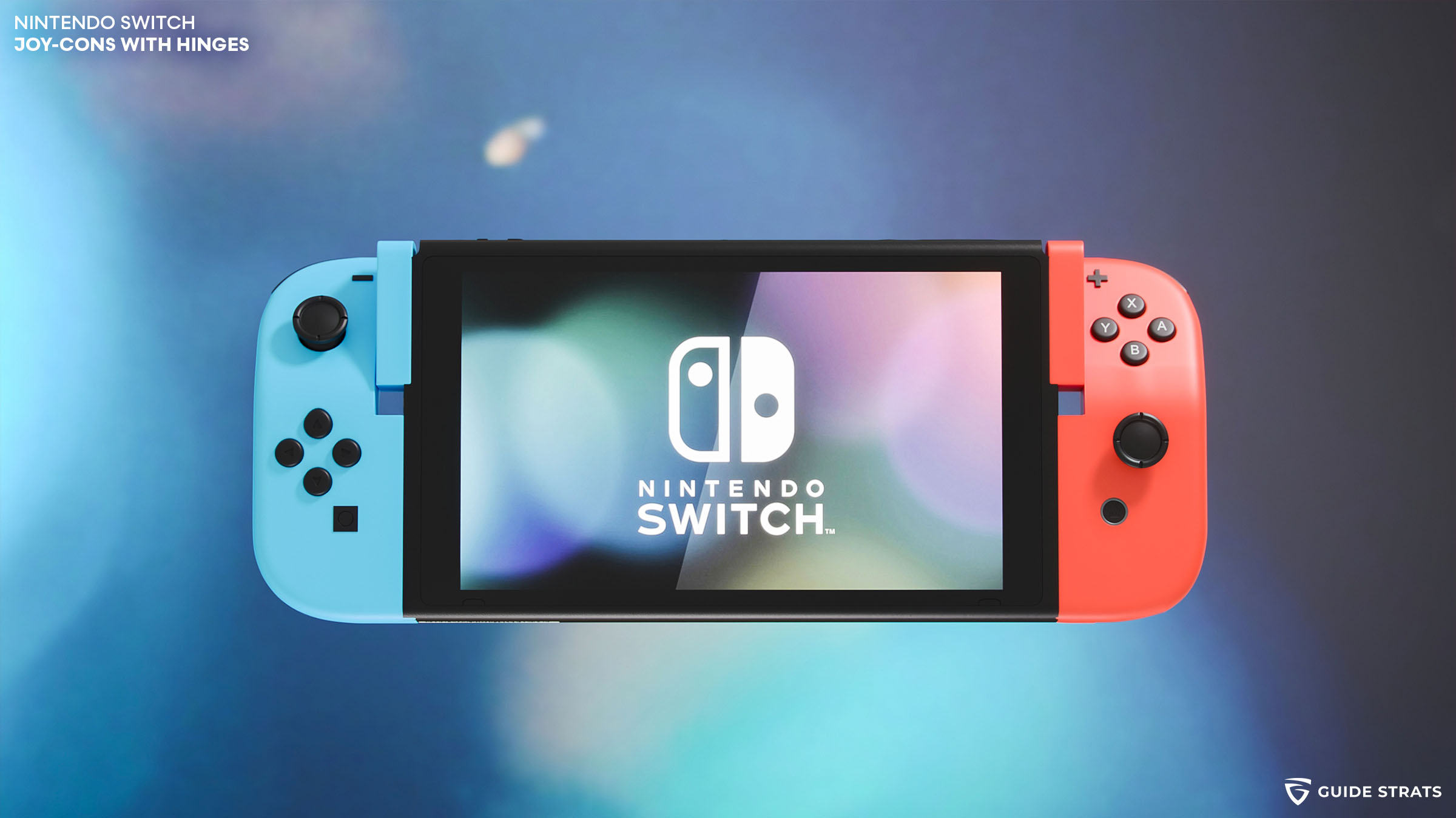
“Perhaps clicking them up could lock S-foils in attack position in a Rogue Squadron game, for example,” suggests Nintendo Life’s Gavin Lane, “or flick the headlights or wipers on in a driving game.”
Nintendo Wii Football Controller
(Patent No: EP2090346B1)
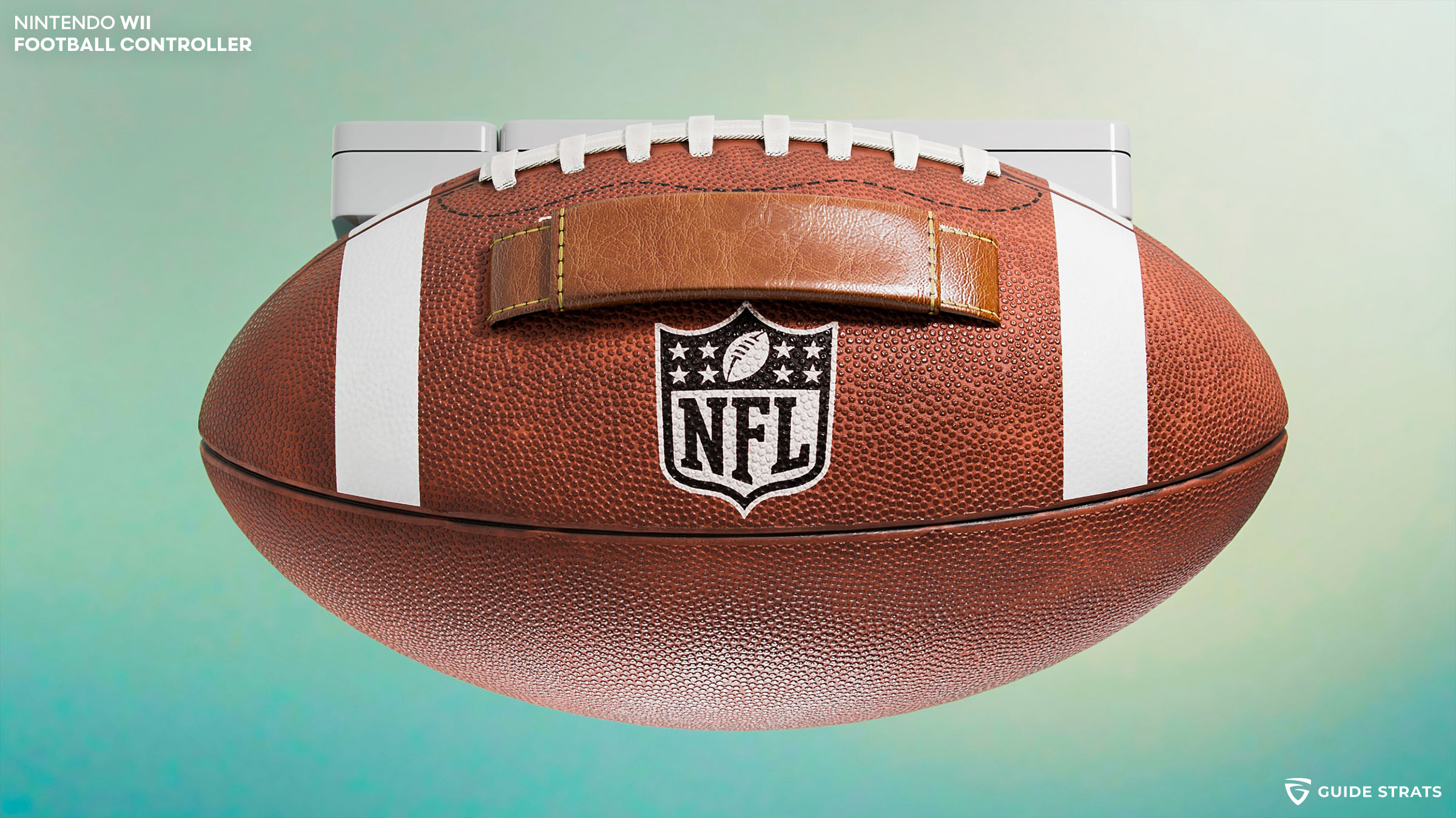
You’ve heard of running on the spot, but have you ever played (American) football on the spot? When the first Wii machines were only three years out of the box, Nintendo filed a patent for “an actual physical football, equipped with a motion sensor,” which gamers could use to simulate play. This would include throwing (without letting go), dodging (moving the ball from side to side) and running (yes, on the spot).
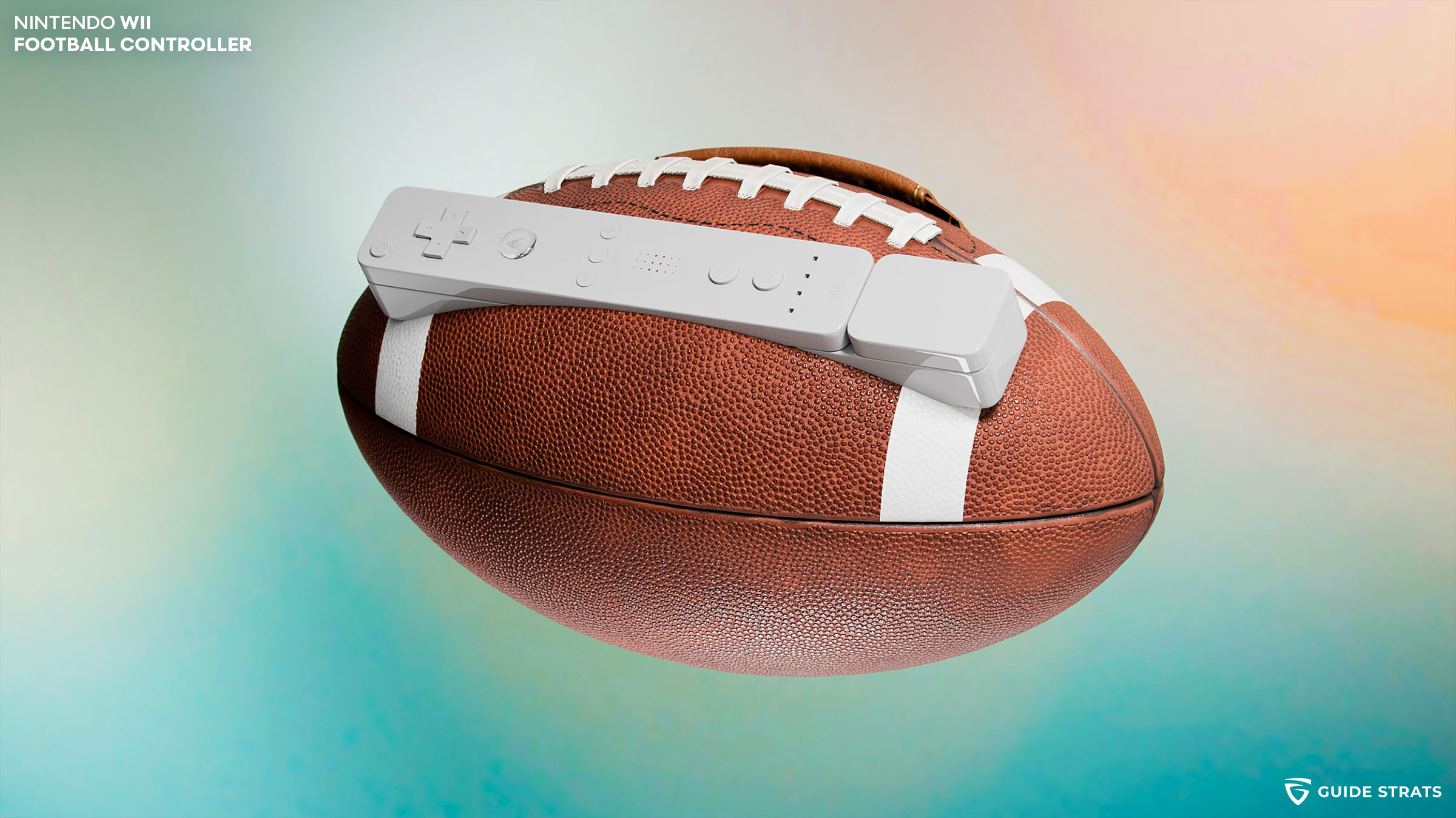
“[T]he game playing public generally expects a football video game to provide a reasonably accurate model of at least some aspects of the actual game of football,” argued Nintendo’s patent.
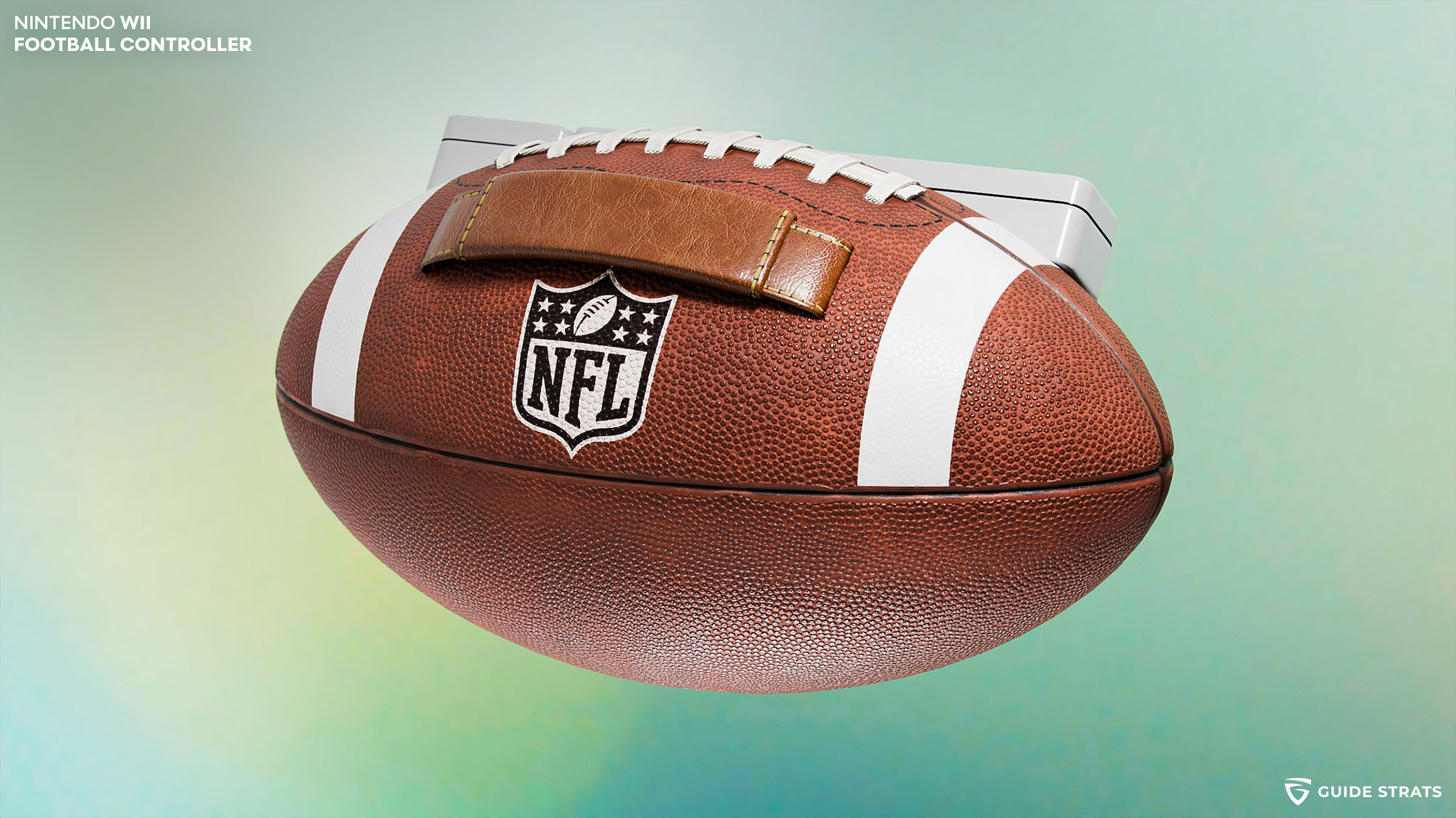
“Most game players will expect a football video game to be played on a field 100 yards long marked off in 10-yard increments, with two opposing teams each having 11 players. High realism is in high demand.” Okay. It’s time to move the glassware out of the den.
Nintendo Portable System with Interchangeable Controls
(Patent No: US20140121023A1)
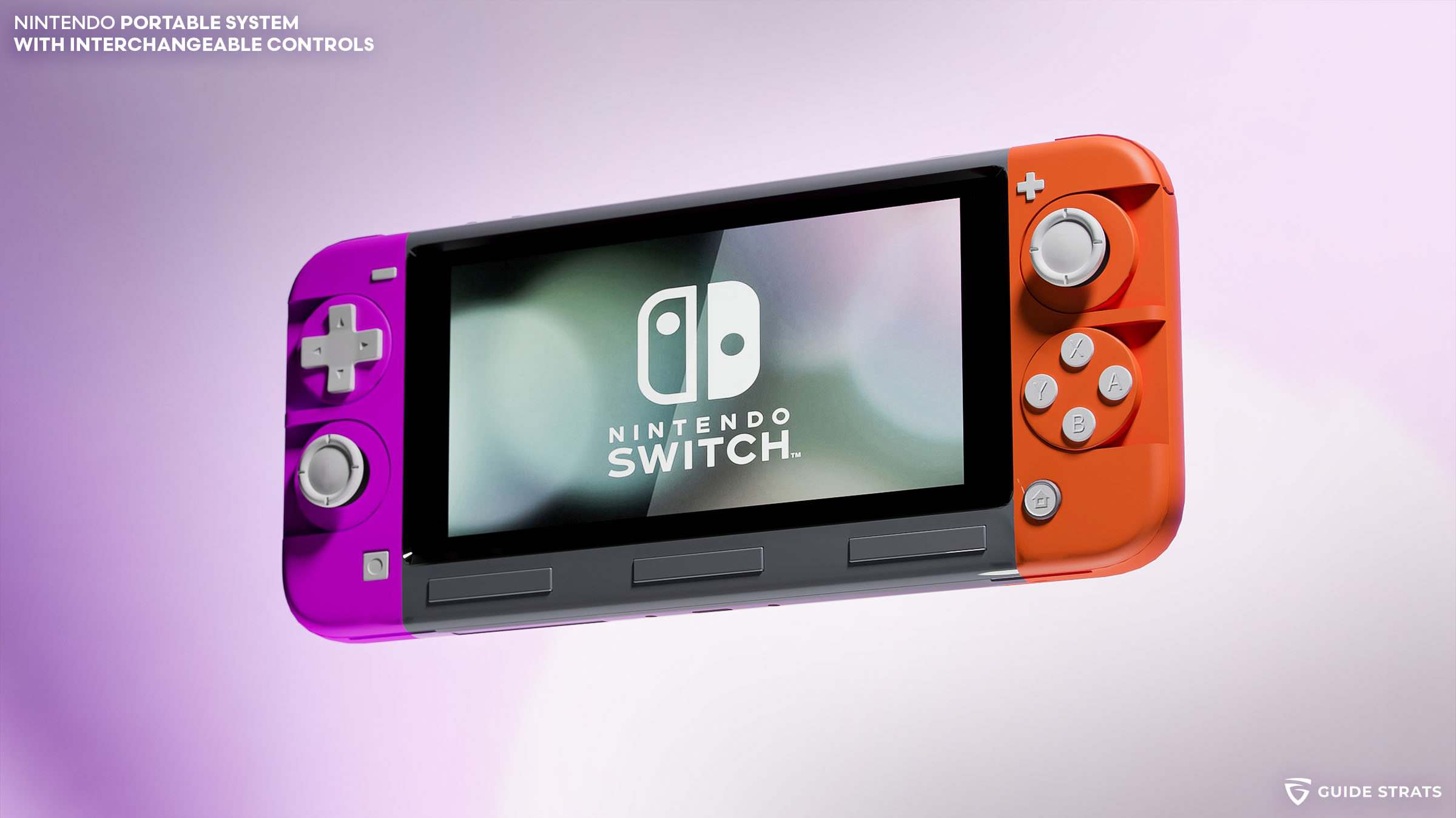
A decade ago, Nintendo filed a patent for a handheld portable game system not entirely dissimilar to the 3DS. What was new was the interchangeable control pads. Gamers could slide a button unit, joystick or cross key in and out of their slots and theoretically put them into a new configuration or even replace them with game-specific controls.

Modular controls like this could improve accessibility and ergonomics. But they also would vastly increase the potential of a portable device with limited onboard “real estate.” Developers could invent new knobs and switches could as new games required them. You could even connect multiple ports to create more versatile controls, such as a slider for a portable music studio.
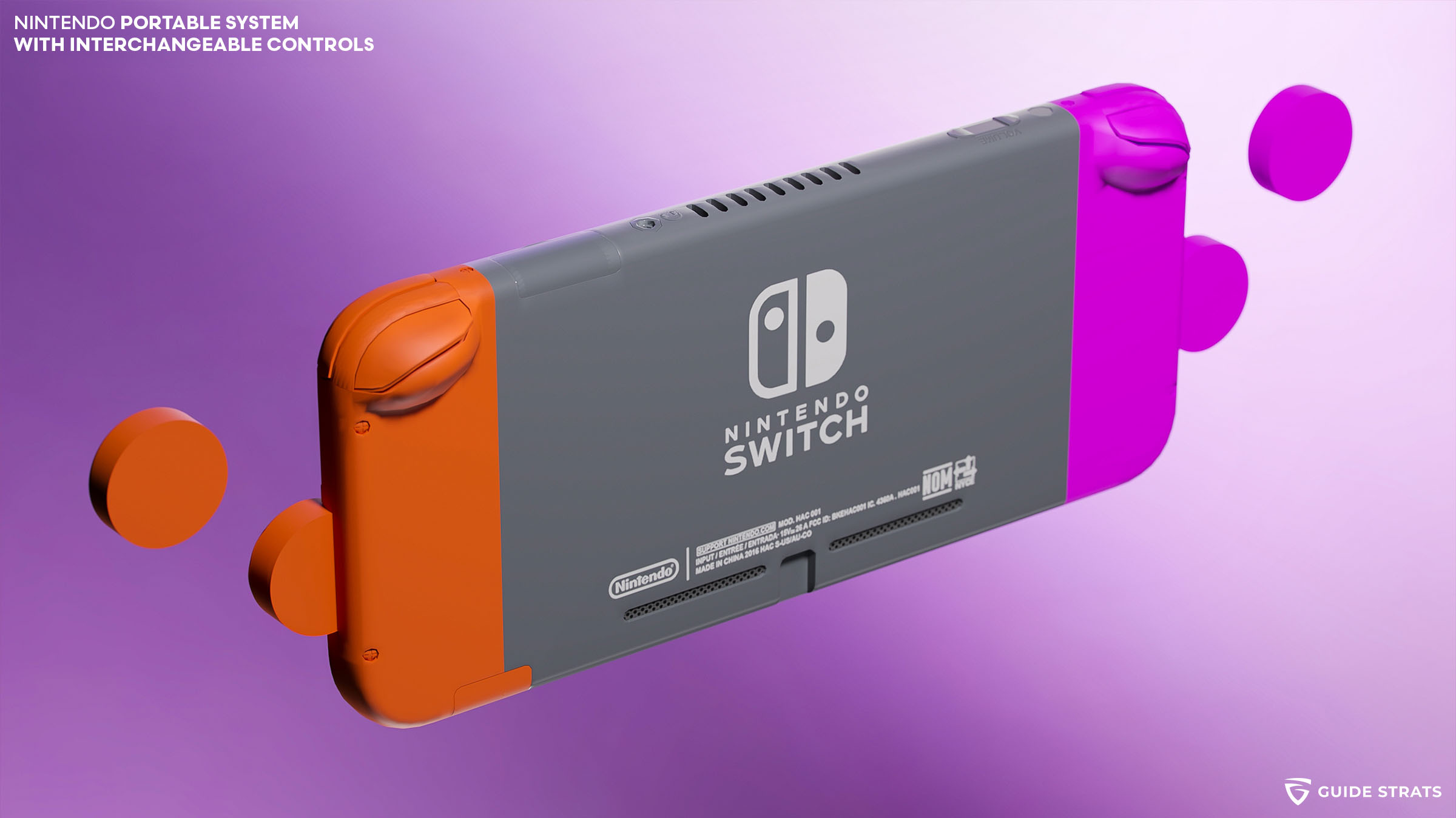
Most joyously of all, this invention might usher in a new age of controller modding, with third-party companies and home inventors building swappable controls for accessibility, better gameplay or just because they’d look cool.
Nintendo Wii Inflatable Horseback Riding Peripheral
(Patent No: US8277327B2)
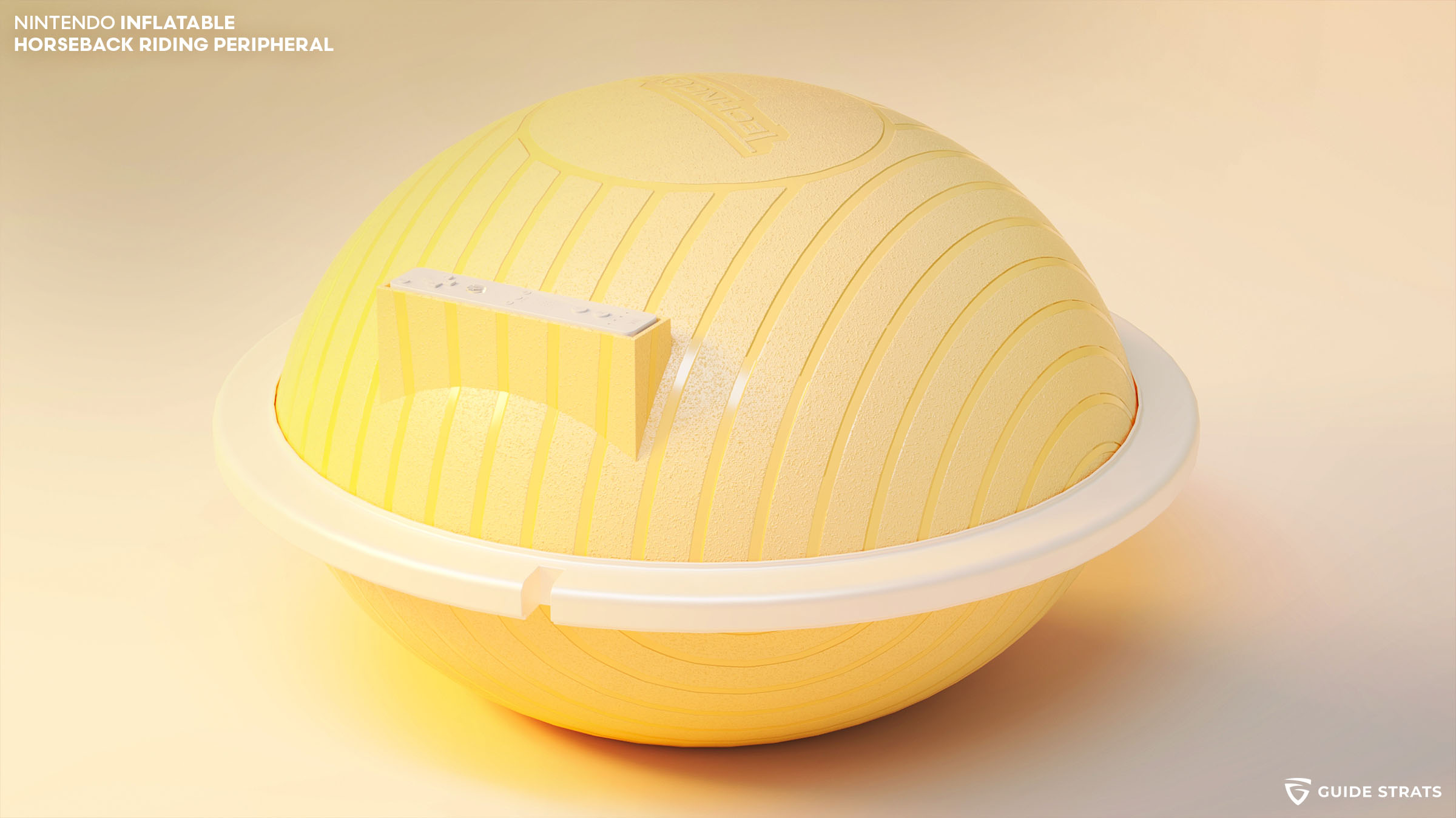
“It would be desirable to provide an inexpensive, convenient way to realistically simulate, in the home, riding on horseback or on other animals,” suggested Nintendo back in 2009. Well, yes. Right?
Nintendo’s inflatable cushion would be packed with sensors to pick up the bob and weave of the player as they interacted with interactive 3D footage of passing fields, hurdles, etc. One hand controller would operate as the reins, while another handheld device could simulate a riding crop or, presumably, a Colt Single Action revolver.
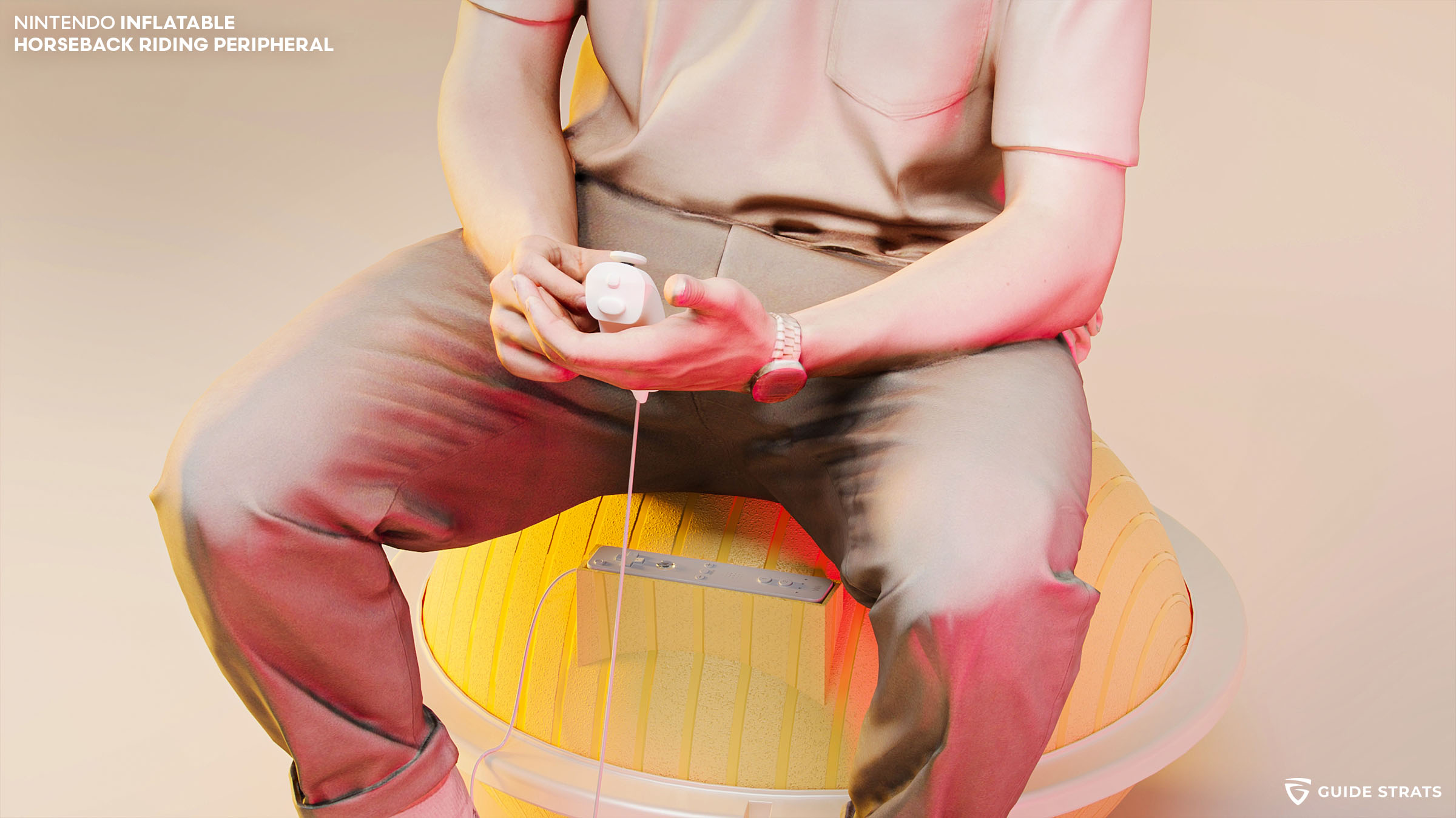
The cushion would not be restricted to horseplay alone. “Nintendo’s patent lists a great variety of things you could mount,” wrote SlashGear’s Chris Davies at the time, “some real and some imaginary. Among the former are bulls, camels, elephants, burros, dolphins and whales, while the latter includes such gems as dragons, griffons, unicorns and giant eagles.”
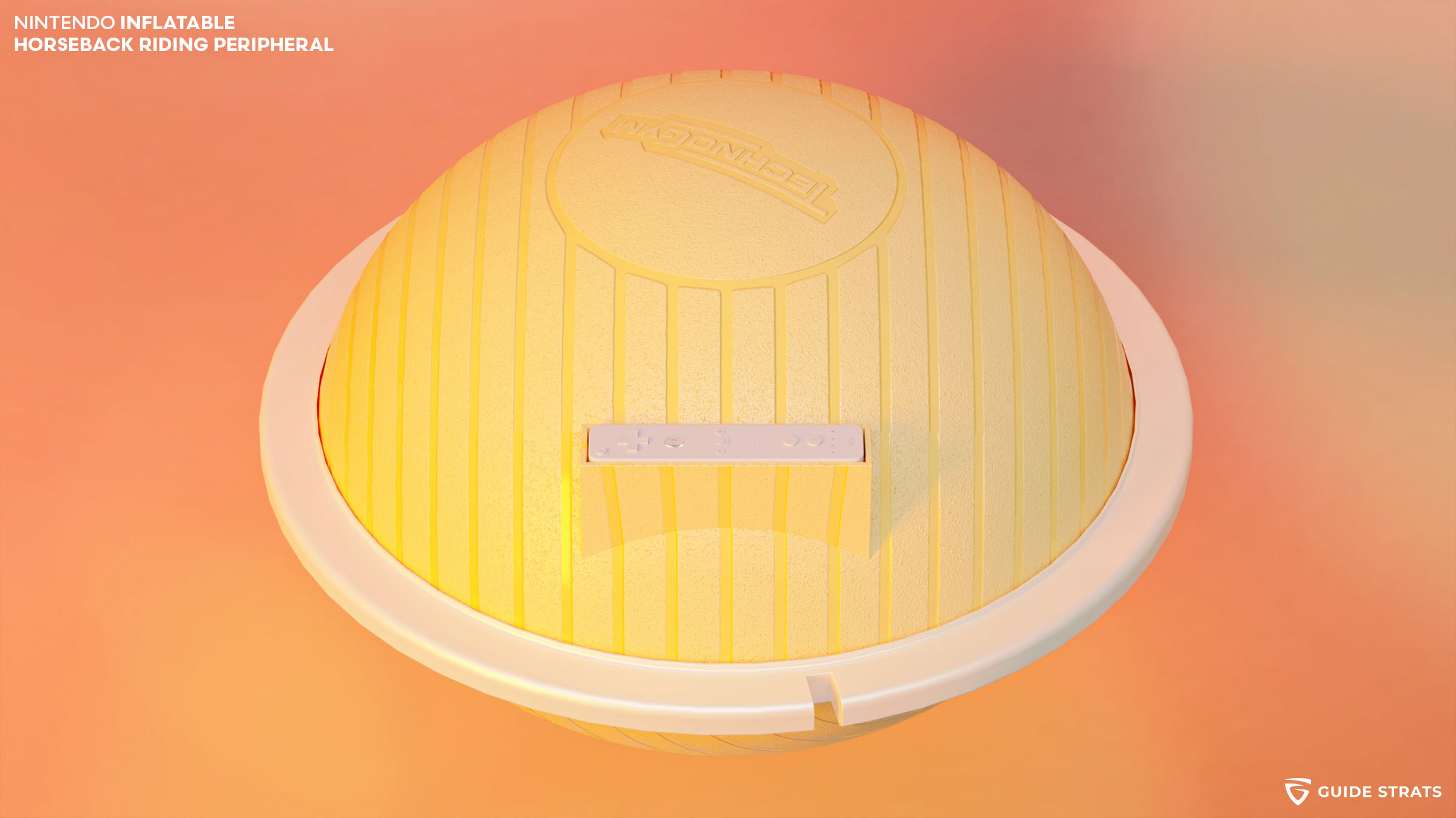
The inflatable saddle has never made it to production, probably for reasons of personal dignity.
Finding Ways to Make People Happy
Nintendo has filed 8,505 patents around the world, and 69% of these are active — meaning they’ve been granted and have not been allowed to lapse or expire. But Nintendo is not driven by a desire to fence off their ideas or to invent for the sake of inventing, says Shinya Takahashi, Nintendo’s general manager of development.
“The thinking that guides us is: what can we do to pleasantly surprise players?” he told The Guardian. “It’s not that we’re consciously trying to innovate; we’re trying to find ways to make people happy. The result is that we come up with things other people have not done.”
This may be true. But even if Nintendo’s unmade patents are not potential “greatest inventions ever,” now that we’ve seen them, we’d be a lot happier if they were real!







